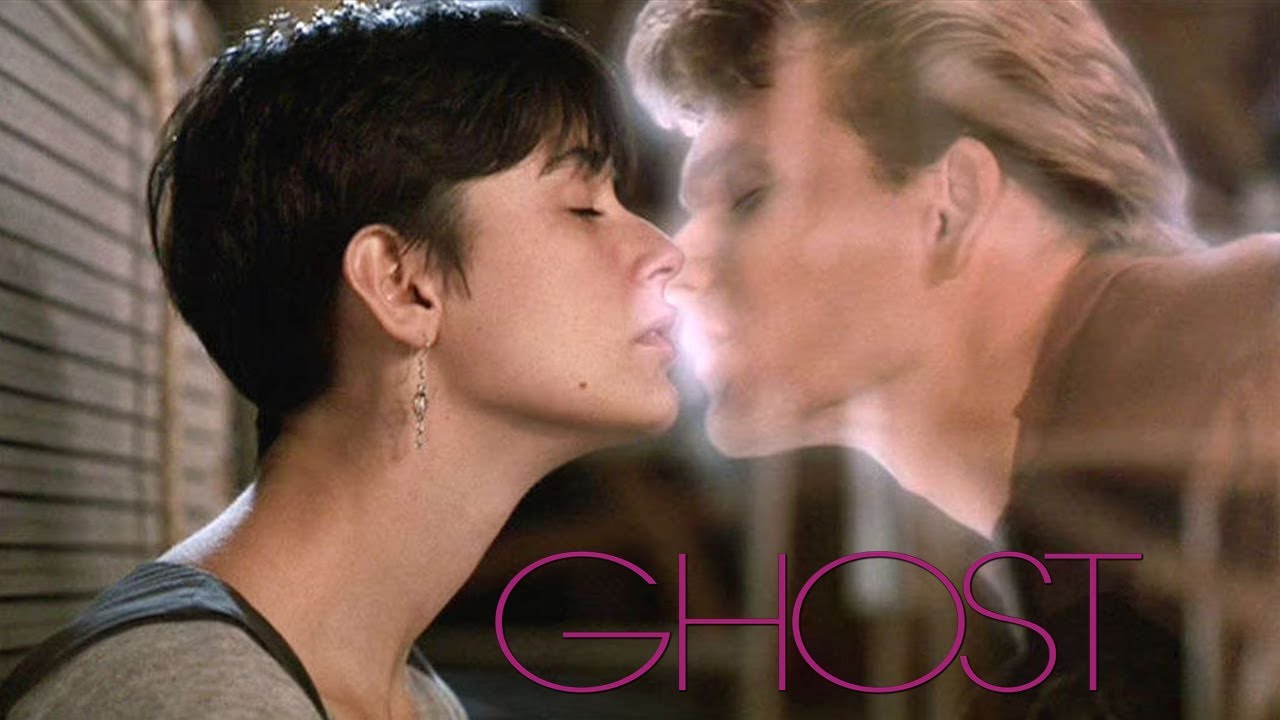Picnic at Hanging Rock (1975)
Directed by Peter Weir, Picnic at Hanging Rock is a haunting and atmospheric Australian mystery that has captivated audiences with its eerie beauty and unresolved questions. Based on Joan Lindsay’s novel, the film follows a group of schoolgirls from Appleyard College who, on Valentine’s Day in 1900, venture out for a picnic at the enigmatic Hanging Rock. What begins as an idyllic outing quickly descends into a chilling mystery when three of the girls and a teacher vanish without a trace.
Set against the backdrop of the untamed Australian landscape, the film blurs the line between reality and dream. Its soft-focus cinematography, ghostly pan flute score, and deliberate pacing all contribute to a hypnotic, otherworldly mood. Rather than offering clear answers, Picnic at Hanging Rock leans into ambiguity, evoking a sense of unease and wonder that lingers long after the credits roll.
The disappearance sends shockwaves through the school and community, unraveling the rigid order and moral pretensions of Edwardian society. As the mystery deepens, the film explores themes of repression, femininity, colonialism, and the incomprehensibility of nature.
Unlike traditional thrillers or mysteries, Picnic at Hanging Rock refuses resolution. Its power lies in its mystery and the psychological responses it provokes in the characters—and the audience. It has become a landmark of Australian cinema and a prime example of how silence, suggestion, and atmosphere can be far more unsettling than overt horror.
Timeless, poetic, and unsettling, Picnic at Hanging Rock is less about what happened and more about the haunting presence of the unknown.









